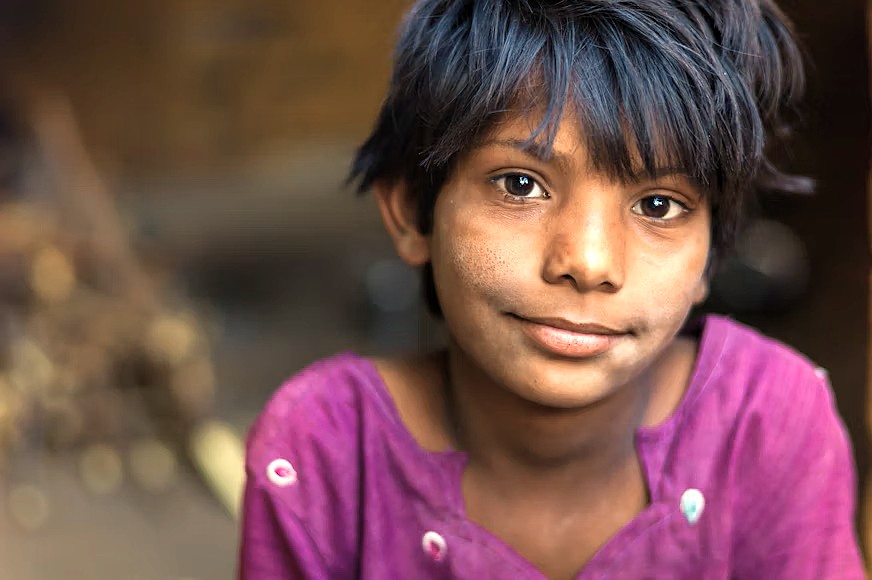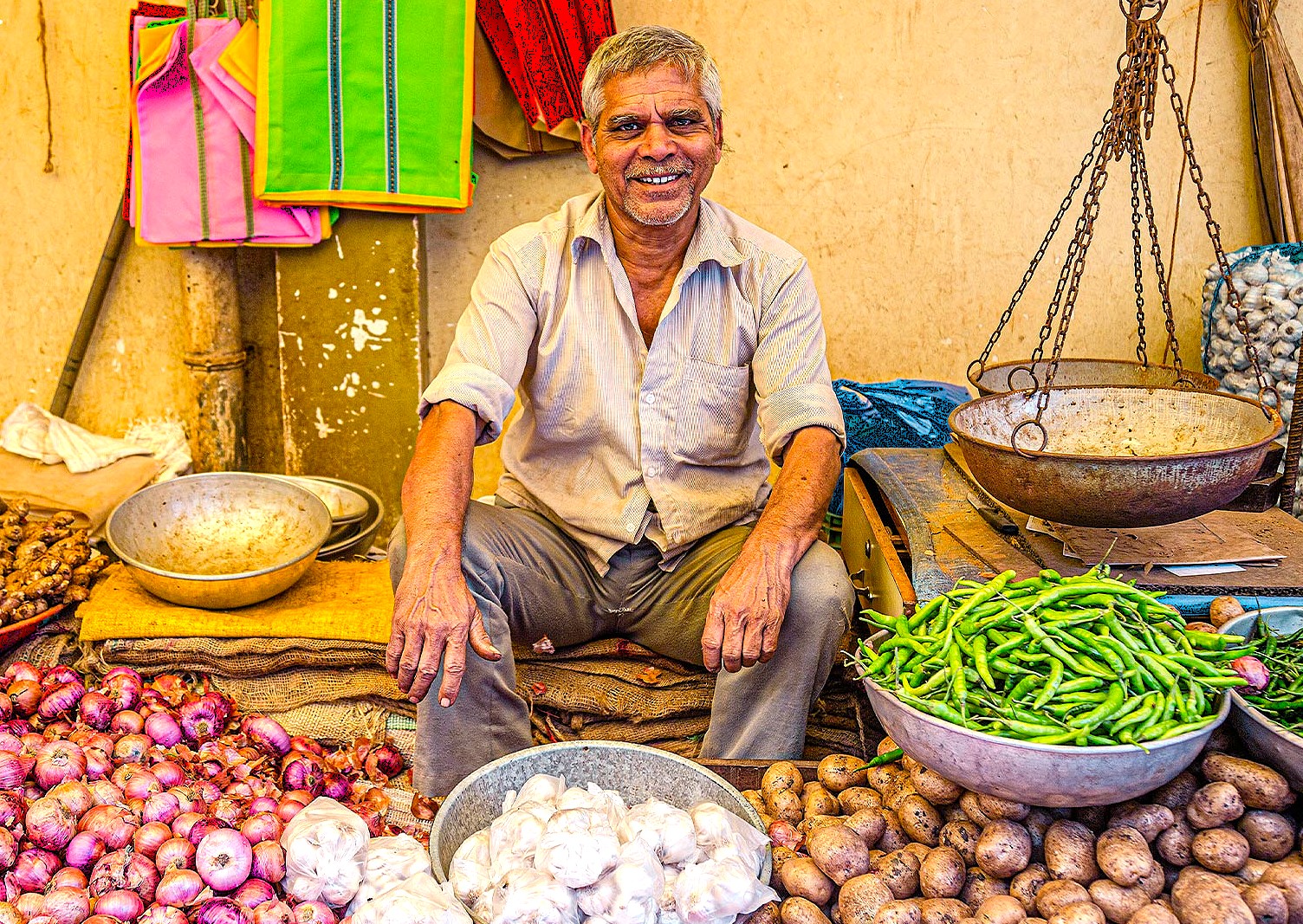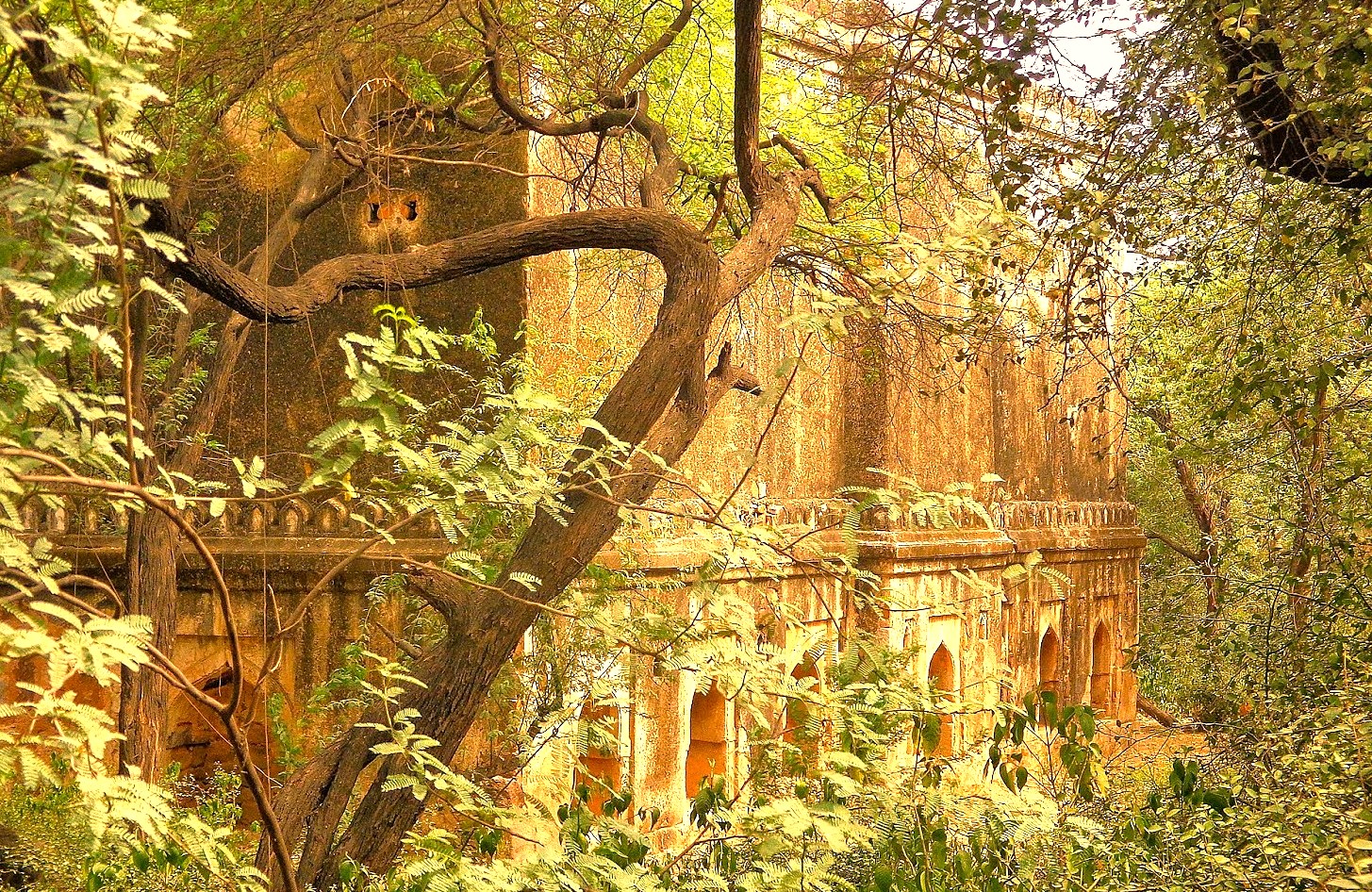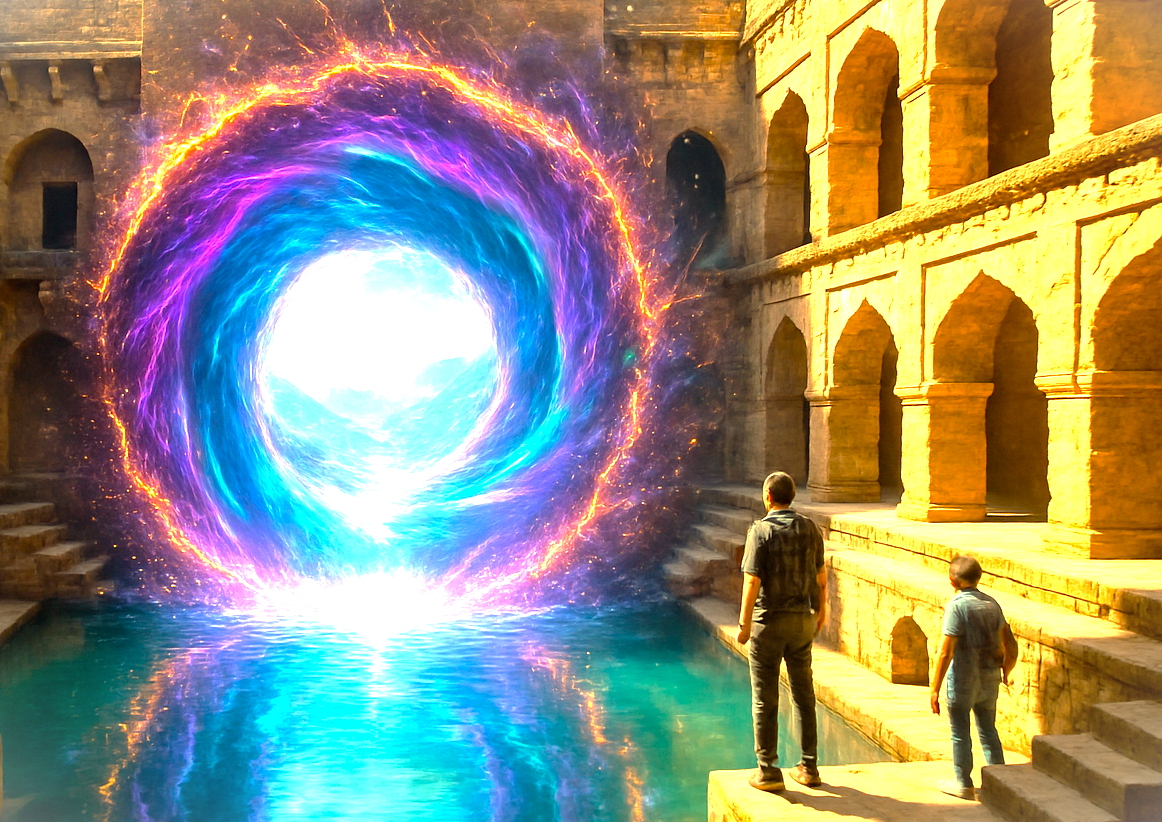Rajasthani legends
Rajaon Ki Baoli Stepwell Delhi India
Mother Masala Tours
Pathways of the Ancients
Rajaon Ki Baoli Stepwell Delhi India. An ancient step well located in Mehrauli Archaeological Park, offers a unique glimpse into the city’s storied past. The term "Baoli" refers to a stepwell, a type of well with steps leading down to the water level, often used in arid regions for water storage. The Baoli is thought to have been constructed in the 16th century during the reign of the Mughal Empire, specifically around the rule of Emperor Akbar, who reigned from 1556 to 1605. This particular structure, built by Raja Bhagirath, reflects the importance of water management in the region and its integrated approach to addressing daily needs.

Rajaon Ki Baoli Stepwell Delhi India: Timeless Artifacts
The Baoli houses many artifacts that reflect the social and historical significance of stepwells in India. As a site of heritage, it reveals the ingenuity of past societies in creating structures that served both practical and spiritual purposes. Stepwells were not merely functional; they were often embellished with intricate designs and carvings that added beauty to their utility. The Baoli comprises several tiers of steps, leading down to a deep water reservoir. This arrangement allows locals to access water even during the dry season. As we walk through, you will notice the decorative elements along the walls, which include motifs of flowers and geometric patterns typical of Mughal design.
Ancient Mosaics: Impeccable Craftsmanship

The craftsmanship here is testimony to the artistic skills prevalent during the Mughal Empire. Built primarily from red sandstone, this stepwell features intricate carvings that reflect the aesthetic sensibilities of its time. Artisans of the period displayed their expertise through elaborate motifs, ranging from floral designs to geometrical patterns and calligraphy. Every detail tells a story of dedication and precision. These elegant designs transform a functional structure into a visual masterpiece. It offers a glimpse into a bygone era of sophisticated design and engineering.
Perfect Symmetry
Rajaon Ki Baoli Stepwell Delhi India. The Baoli's design showcases the use of symmetry and balance, common in Mughal design principles, enhancing both function and beauty. The structure is characterized by its elegant proportions and the presence of stepped terraces that descend into the water, allowing accessibility and adding an artistic dimension to a practical need. As we stroll through, the detailed artistry captures our attention, each stone telling a story of its own and offering an unforgettable visual experience.
The Pulse of the Local Community

The nature of the area signifies a strong bond between residents and this beloved historical site. You'll find the locals exhibit genuine warmth and friendliness, always happy to offer insights and share fascinating stories passed down through generations. These strong connections to their shared past foster a deep sense of pride among everyone who lives nearby. More than just a monument, the Baoli serves as a vibrant community gathering place, where everything from local meetings and celebrations take place. Families gather for joyful festivals and children play amidst its ancient stones.
A Culinary Journey: Savor the Flavour
Rajaon Ki Baoli Stepwell Delhi India. We encounter the culinary offerings that define the local area. The proximity to the stepwell has nurtured a vibrant street food culture. One local specialty worth trying is Chole Bhature, a dish consisting of spicy chickpeas served with deep-fried bread. This combination is highly popular, both for its delightful flavors and the comfort it provides to the locals.
Capturing the Magic: A Photographic Haven

This location provides stunning visuals that capture its historical significance and detailed craftsmanship. The interplay of light and shadow along the intricately carved steps creates a mesmerizing effect, inviting photographers to experiment with different angles and perspectives. This stepwell offers opportunities for beautiful pictures. Every corner reveals a new composition, from the sweeping views of the entire structure to the details of the stonework. Early morning light enhances the deep textures of the ancient stones. Golden hour transforms the scene, with warm, rich hues.
Festivals of Devotion: Honouring the Sacred and the Divine
Throughout the year, various festivals that revealing the rich tapestry of cultural and religious practices. One notable event is Maha Shivaratri, celebrated in honor of Shiva. During this festival, which typically takes place in February or March, the atmosphere becomes lively as devotees gather to participate in prayers and rituals near the Baoli. The significance of this festival is profound, celebrating the night when Shiva is believed to have performed the cosmic dance of creation and destruction. People from all walks of life come together to honor this occasion, illuminating the area with oil lamps and singing hymns.
The Connection with the Gods

Rajaon Ki Baoli Stepwell Delhi India. Steeped in spiritual significance, linked to various deities and sacred traditions. The site is believed to be associated with Yamuna, the water goddess, revered in folklore as a life-giving force. This connection reveals the cultural importance of water in religious practices and daily life. Additionally, the region is intertwined with Shiva, whose influence can be felt during festivals such as Maha Shivaratri. We discover narratives about mystical occurrences attributed to deities, which illustrate the locals' profound relationship with the divine.
Ancient Technologies: Sacred Sound, Geometry & Astrological Influences
Rajaon Ki Baoli Stepwell Delhi India. We see impressive ancient engineering here, incorporating sound and harmonic resonance. Bright sacred geometry patterns and golden ratios are integrated. The design allows for optimal acoustics, where sounds can echo wonderfully. This thoughtful structure enhances the communal atmosphere. Conversations carry deeper, facilitating shared experiences. Astrological influences are reflected in its geometry. Placement and proportions align with Vastu Shashtra principles, promoting harmony. Water elements within this design create therapeutic vibrations. Solfegeggio frequencies might also be present in such ancient thought, creating a unique ambiance.
Serendipitous Meetings: Beyond the Main Path

Through the pathways surrounding Rajaon Ki Baoli, the experience of discovery unfolds around every corner. Hidden artisan workshops can be found tucked away, where skilled craftsmen create unique handmade goods reflective of their heritage. The sounds of artisans working resonate through the streets, inviting us to explore the creativity displayed in textiles, pottery, and jewelry. We find small local markets brimming with fresh produce and handmade delights, encouraging interaction with vendors. Each encounter offers a glimpse into traditions passed down through generations.
Resilience and Renewal: Overcoming Adversity’s Challenges
Rajaon Ki Baoli Stepwell Delhi India. The history includes tales of resilience that shaped its character over time. In 1737, during the time of the Maratha Dynasty, the region experienced significant turmoil due to conflicts, resulting in the degradation of many local structures, including the Baoli. Despite this, the community rallied together to restore and maintain the site, recognizing its cultural and historical importance. Subsequent natural aging and neglect in the 19th century posed further challenges, with many stepwells falling into disrepair. However, local preservation efforts began to gather momentum in the late 20th century. Restoration initiatives undertaken by archaeological departments and local organizations aimed to revitalize the Baoli, ensuring it remains a cherished part of the community.
Urban Legends: Strange Sightings, Myths and Mysteries

The surrounding area holds urban legends that often blur the line between history and mythology. One tale speaks of spirits residing in the depths of the Baoli, where locals claim to have heard voices echoing in the silence of the night. These experiences have fostered a sense of mystique about the site. Another legend suggests that the Baoli is a gateway to another realm, as stories of travelers who mysteriously disappeared while exploring its depths have circulated over the years. These captivating narratives certainly add to the enigmatic allure of this ancient place.
Let Something Incredible Begin Right Here, Join Us
Rajaon Ki Baoli Stepwell Delhi India. We invite you to explore the magical world surrounding Rajaon Ki Baoli Delhi with us. We will delve into the rich history, savor the flavors of local cuisine, and uncover the narratives that define this extraordinary site. You will find each corner of the Baoli offers a new story, waiting to unfold as we engage with the local community. Our journey will introduce you to skilled artisans, culturally-rich festivals, and shared moments of discovery. You will learn about the resilience of the community and the spirit that thrives around this historical site.
Symphony of Generosity: Offerings from Wanderers to Residents

A perfect example of how a healthy exchange between locals and those who explore the area fosters a robust community spirit. As we walk its paths, we engage with artisans, restaurateurs, and community members. This dynamic transfer of knowledge and culture strengthens community ties, promoting local crafts and traditions as travelers express interest and appreciation. The economic benefits of tourism create opportunities for locals to share their skills and passions, ensuring these traditions continue to thrive. This exchange enriches everyone involved. Visitors gain authentic insights into daily life and heritage, creating lasting memories. It preserves cultural practices for future generations, building strong community bonds.